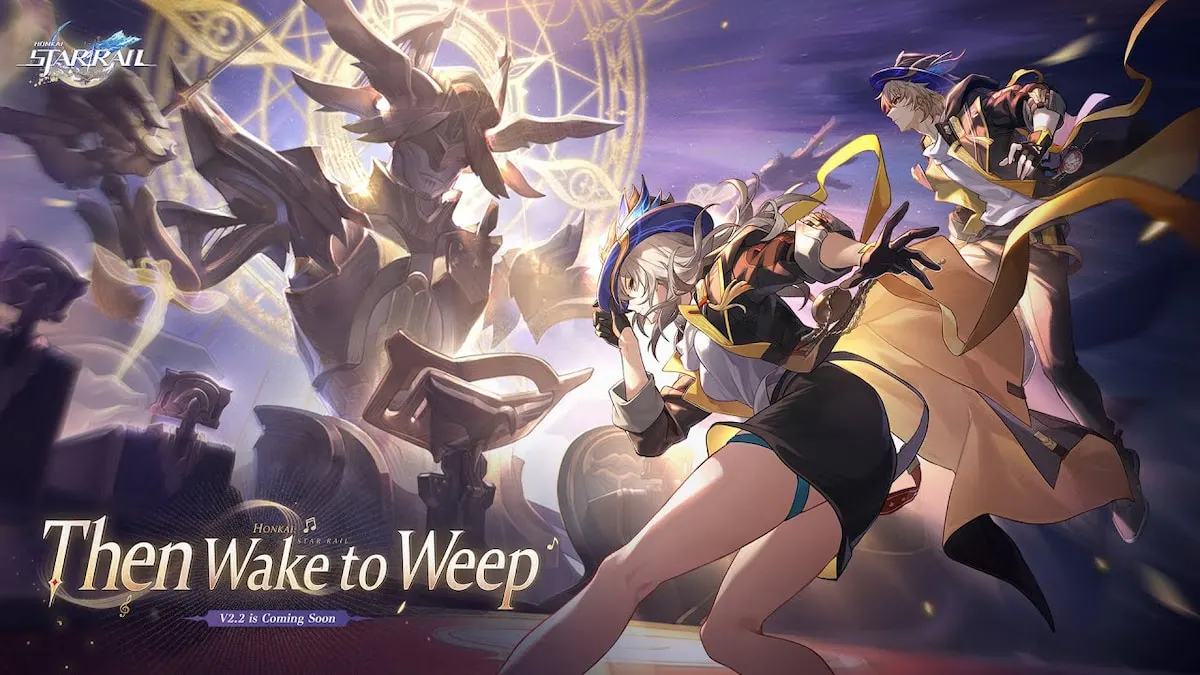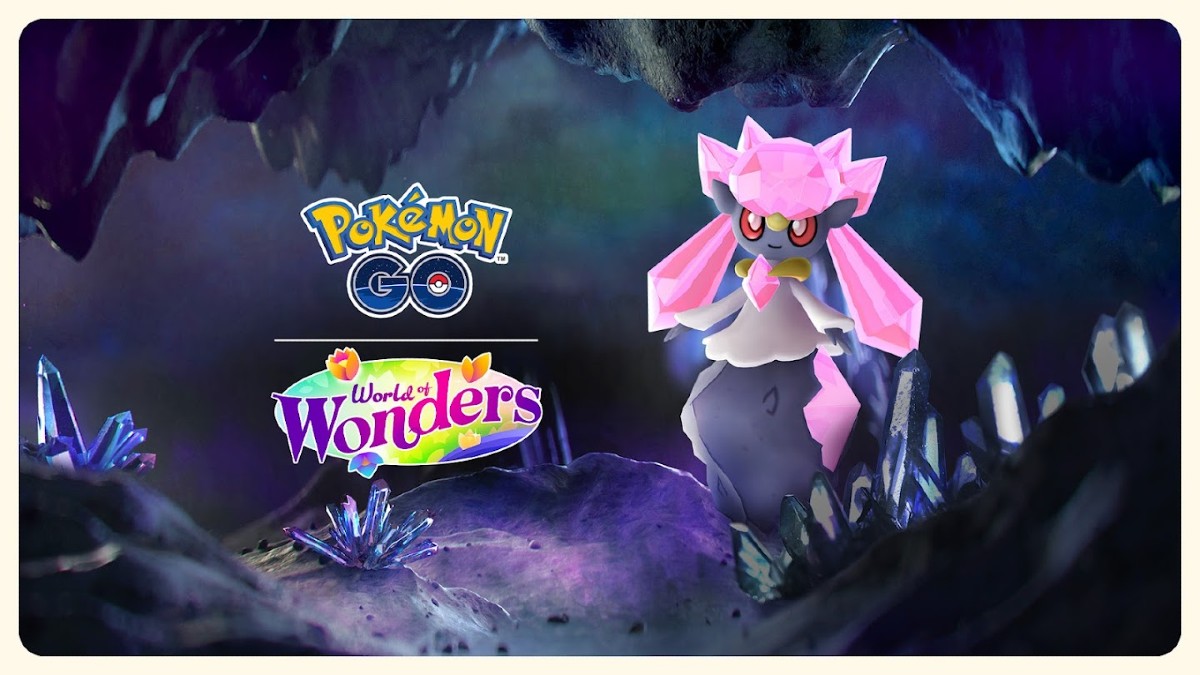“A narrative may be used for telling the player what to do or as rewards for playing. Games may spawn narratives that a player can use to tell others of what went on in a game session.”
– Jesper Juul, “Games Telling Stories” in Game Studies, Vol. 1, No. 1
Now that we have some idea of what goes into a great story, the types of game stories out there and the ways in which game stories can be structured, it’s worth asking why developers-and players-should care. My answer to that question is an insightful, “All sorts of reasons.”
Traditional Qualities of Stories
Many of the traditional qualities of stories – for example, structuring human experience so it becomes understandable and less chaotic – clearly apply to games. Games can provide insight into the human condition, lessons in history and relationships, a rush of excitement, cultural connection through (virtual) experience shared with others.
Throwing interactivity into the mix introduces new potential uses:
- Narrative adds an ethical potential to the teaching quality of games.
In a story game, we may be able to see the effects our actions have on the game-world – and maybe, just maybe, we can apply what we learn to our everyday lives.
A well-done story game, one that offers players the opportunity to solve problems in a variety of ways, can remind us that we live in a world where all things are possible until we select one of the options available to us at any given point in time.
Mainstream Comfort
Stories are also important in games because they recast the unfamiliar (this relatively new thing called videogames) in a familiar context (traditional, conventional narrative genres). If we really want to attract a larger, more mainstream audience, this seems critical.
One of the dirty little secrets of gaming is that playing a game is work. Not hard work and, if we’ve done our jobs right, not unpleasant work. But compared with other media, playing a game is absolutely work. A story moment can serve as reward for successful in-game actions, pulling players along to the next part of the game.
Story can provide context and significance – a reason for acting and an emotional punch that interaction with an abstract rules system can’t provide. “Your brother will die if you don’t get through that door right now” is inherently more compelling to the less-than-hardcore than “Move that unit three hexes up and two to the left.”
Player Direction
Story can be a valuable tool in the developer’s arsenal – a player direction tool.
Too much choice is a scary thing, capable of paralyzing people. (As I learned to my chagrin on Deus Ex!) Story can help push players toward choices that are well-supported by our game systems and away from choices we don’t support. Story can help identify strategies that are likely to succeed. (In other words, don’t bother trying to talk your way out of a jam in Halo or Half Life!)
Since we don’t simulate all possibilities in even the most open-ended game, and since you don’t interact with our game-worlds the way you do with the real world, we’re constantly struggling with issues of player training and player direction.
Real, total freedom isn’t the goal – should never be the goal. The Holodeck is a hollow promise and not something we should aspire to. Constraining players – saying, “No” in as unobtrusive a manner as possible – is one of the most important things we do as designers. And story is the most natural, least obtrusive player constraint tools we have. How could we not use it?
How Do We Tell Stories in Games?
Now that we’ve talked about story game structures, and the utility of narrative for players and developers, how do we go about telling stories in games?
Virtual Actors
Clearly, the most important element is interesting characters, doing interesting things, with whom you can interact in interesting ways. If you’re going to talk about game narrative, you start with actors.
Autonomous and expressive characters open up new doors of creative expression for developers and for players (our collaborators in storytelling). Interaction with more dynamic, more self-aware, more world-aware characters, better able to express themselves and communicate their changing goals and roles, will make interactive stories stronger.
Characters who look, act and behave believably, who give us visual, physical and conversational cues about what they’re thinking, feeling and planning would instantly push game narrative to new levels.
So, how are we doing with characters?
We’re definitely making some strides in terms of convincing character graphics and animation.
- Alyx in Valve Software’s Half Life 2 and Episode 1 looks great and moves and behaves almost convincingly
Bioware’s Mass Effect, what we’ve all seen of it, looks promising
I found Indigo Prophecy‘s characters pretty convincing
And Square always nails the character graphics.
If you want more believable human figures, I think we’re well on the way. Our real-time rendered characters are approaching the level of quality of the pre-rendered images in movies.
I may not like the effort required to achieve the level of quality possible today, but we can definitely achieve something special when we put our minds (and dollars) to it. However, the limits on our ability to put convincing human figures on the screen become painfully apparent when we turn to the topic of character interaction.
Character Interaction
“From a programmer’s point of view, there are few tasks more daunting than creating believable human dialogue…Most videogame designers shy away from the challenge altogether, throwing their energy into crafting elaborate virtual landscapes…But the characters in these worlds remain primitive and flat.”
– Jennie Rothenberg, The Atlantic Online, “Beyond Space Invaders,” 10/03/06
When members of the mainstream media, like Jennie Rothenberg, notice that what we do is really, really hard, that’s either a very good thing or a really bad thing. And, by and large, I’d have to agree that our characters remain “primitive and flat.”
Once our increasingly realistic game characters start moving and interacting with the world and talking, all hope of believing in them goes away. Even in tightly scripted, tightly controlled moments, our characters look like the flat, primitive puppets they are.
What can we do now?
The news isn’t all bad. Our character animation, even at its best, may pull people out of the experience but there’s at least some movement toward more interesting – more convincing – types of interactions.
Valve’s doing some interesting stuff with Alyx, not just in how she looks but in her casual movements and facial expressions. More important and instructive, I think, are the ways in which Valve is empowering players by allowing them to guide Alyx’s behavior through actions, through what they focus on in a scene, rather than relying on conversation to direct NPC behavior.
Quantic Dream’s approach to conversation, while not revolutionary, was certainly a revelation to me – I’ve been trying for years to find a way to make conversation as compelling in a real-time environment as exploration and action, to no avail. Indigo Prophecy had me sweating through conversations, straining to parse the meaning of an NPC’s words, pressured to come up with just the right response, knowing that the NPC’s would continue along their own conversational path if I didn’t make the right choice in time.
Bioware’s Mass Effect, though I obviously haven’t played it, seems poised to take this real-time, action-oriented conversation approach to new heights. And combined with some stunning character models, at least holds out the promise of being something really special.
Ubi’s Assassin’s Creed, though another a game I haven’t played, seems likely to prove that conversation isn’t the only kind of useful NPC interaction. The use of crowds and direct interaction with NPC’s in a non-combat way seems incredibly powerful.
Still, though, all of these advances have been, or will be, achieved in the context of tried and true game genres and ultra-traditional gameplay modes. That’s disappointing. Nothing I’ve seen leads us into new content areas, new genres. We’re getting somewhat better at recreating action movies, but we don’t seem any closer to making games about real people, in real situations, dealing with real human problems.
Conversation
“In a standard video game, it’s very easy to kill someone but virtually impossible to talk to them.”
– Jonathan Rauch, Atlantic Online, “Beyond Space Invaders”
The most common form of character interaction in games (other than killing or being killed by them) is conversation. As I mentioned above, some developers are making strides in this area, but some academics are talking about much bigger strides involving natural language processing, shared knowledge bases, voice recognition and speech synthesis. That all seems a long way out to this beleaguered game developer.
What can we do now, conversationally speaking?
But what can we do now to move a little further, faster? Branching conversations, even with a real-time action component, are a crutch, a holdover from the 1980s. So what to do? There have to be ways to make our heroes more expressive in real-time, without requiring a conversation UI, a separate conversation mode and a bunch of canned questions you have to click through to respond to canned NPC speeches.
Enhanced PC physicality seems promising. Silent movies and early sound cartoons are a surprising source of inspiration. Creators in those media suffered from a lot of the same limitations we do, yet still managed to communicate a lot of story information through gesture, facial expression and action.
Player choices prior to conversations seem useful, too (assuming your game actually offers choices!). How you’ve interacted with the world, whose goals you’ve chosen to support – all that player choice stuff – can drive what NPCs say (or don’t say) to you. We’re working on all of this stuff right now at Junction Point Studios, as are many other developers. Beyond that, it’s hard to say – this is a really hard problem.
And when it comes to hard game design problems, we’re back to Will Wright. Not to apply too much pressure, I have some hope that Spore will require leaps forward in areas beyond the user-generated content for which it’s getting the bulk of its kudos. Probably not in the area of conversation, based on what I’ve seen, but it’s unclear interactive conversation is The Answer, anyway.
Procedurally generated content surely has to require some level of procedurally generated behavior, right? Then tie that in with the amount of play-style freedom Spore promises players. The range of possible NPC responses has to be bigger than we’re used to.
We’ve already seen demos where character behavior is driven by player-generated character designs, and we’ve seen hints that how you treat characters you encounter can drive them to everything from a game-standard warlike stance to a less typical player-worship mode. That’s cool! And I’m hopeful Spore might take us new places in terms of character interactions.
It’s strange that a non-realistic game might push us toward more robust, more human interactions with characters, but there you have it.
… To be continued
In the next installment I’ll talk about creating virtual worlds and dreaming the impossible dream, seeking the holy grail of story-telling, the virtual dungeon master.
***
Warren Spector is the founder of Junction Point Studios. He worked previously with Origin Systems, Looking Glass Studios, TSR and Steve Jackson Games.
Next-Gen Storytelling is a four-part series. Part One appeared in this space on Thursday, April 19th. Part Three will appear, also in this space, on Monday, April 23rd. Part Four, including Warren’s conclusions, will be published in Issue 94 of The Escapist, available on Tuesday, April 24th.



